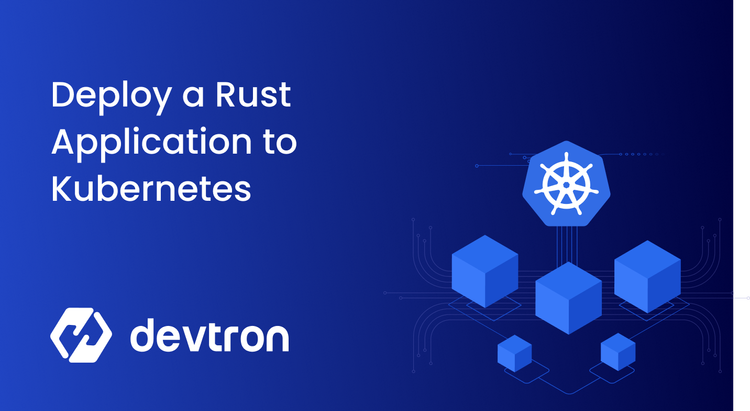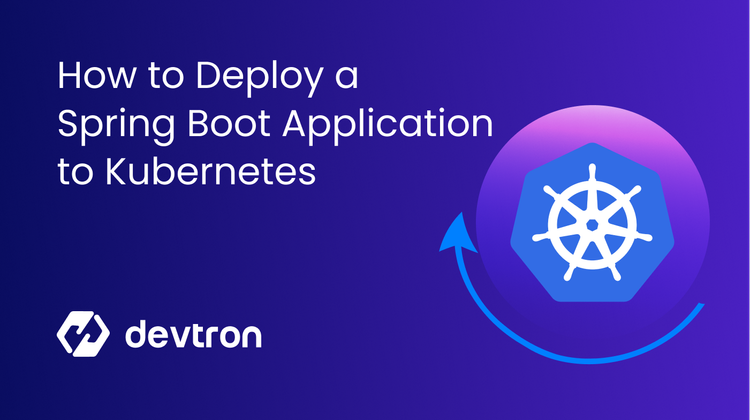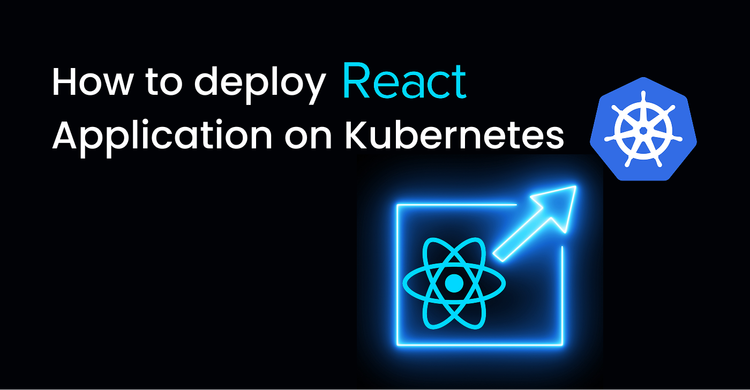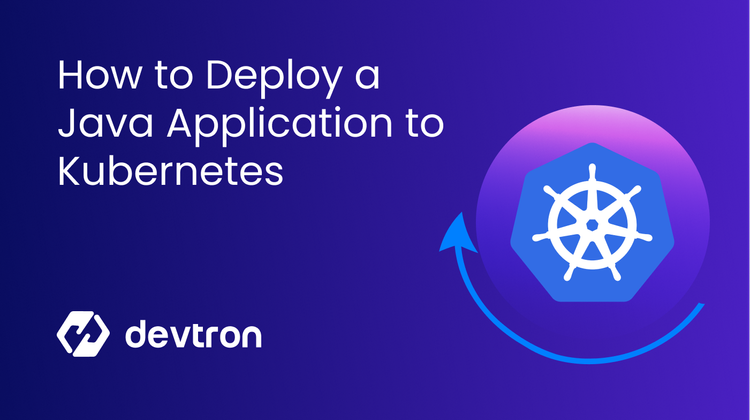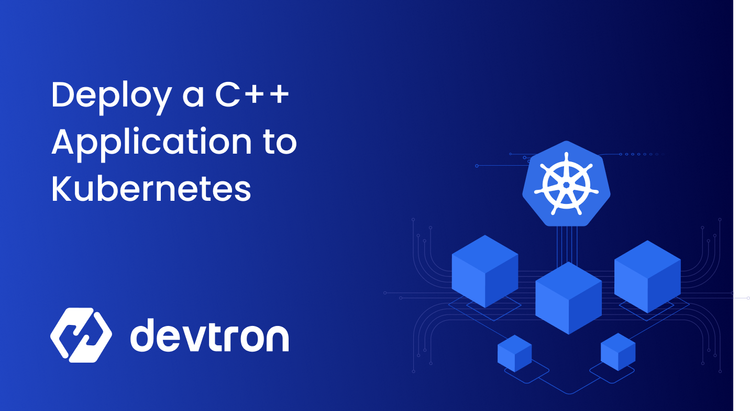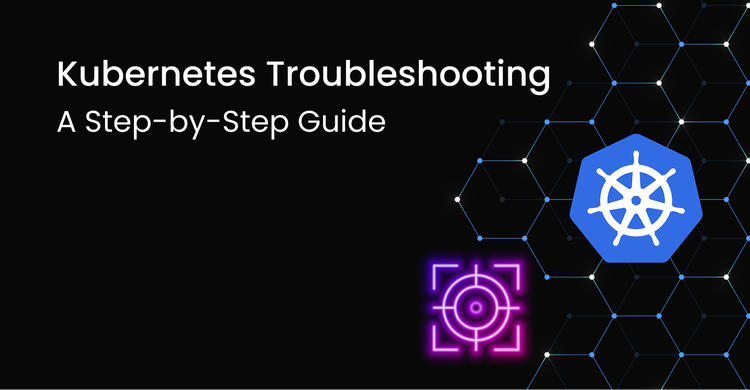Explore two methods for deploying Rust applications on Kubernetes: manual deployment using Docker and YAML manifests or automated deployment with Devtron. This guide covers containerization, CI/CD pipelines, and Kubernetes configurations for scalable, reliable Rust apps.
Kubernetes
Explore two methods for deploying Java Spring Boot applications on Kubernetes: manual deployment using Docker and YAML manifests or automated deployment with Devtron. This guide covers containerization, CI/CD pipelines, and Kubernetes configurations for scalable, reliable Spring Boot apps.
Learn how to deploy React applications on Kubernetes using two methods: manual deployment with Docker and YAML manifests, or automated deployment with Devtron. This guide covers containerization, CI/CD pipelines, and Kubernetes configurations for scalable and reliable React apps.
Learn how to deploy Java applications on Kubernetes using two methods: manual deployment with Docker and YAML manifests, or automated deployment with Devtron. This guide covers containerization, CI/CD pipelines, and Kubernetes configurations for scalable and reliable Java apps.
Learn how to deploy PHP-Laravel applications on Kubernetes using two methods: manual deployment with Docker and YAML manifests, or automated deployment with Devtron. This guide covers containerization, CI/CD pipelines, and Kubernetes configurations for scalable and reliable Laravel apps.
Learn how to containerize a C++ Application and deploy it to a Kubernetes cluster. You will learn to do this with Devtron as well as the manual process.
Learn how to deploy Go applications on Kubernetes with two approaches: automated deployment using Devtron and manual deployment with Docker and YAML manifests. This guide covers best practices for containerizing your app, managing resources, and ensuring seamless deployment.
This guide focuses on three critical Kubernetes errors that developers commonly face: Container CRASHLOOPBACKOFF issues (OOM Killed and CPU throttling), environment variables/secrets mount problems, and database connectivity issues. In this blog, we explore practical solutions for each issue.


